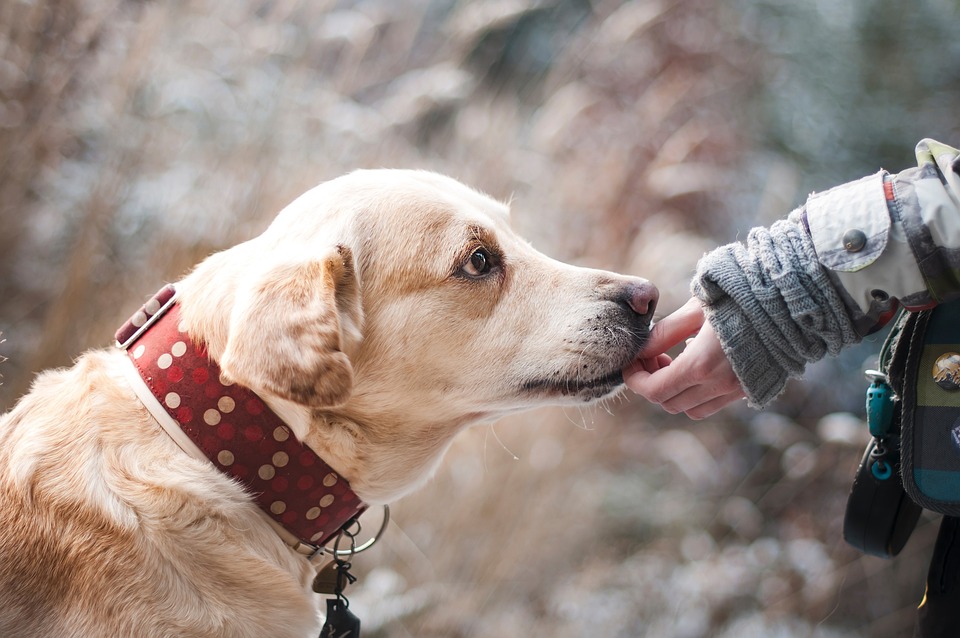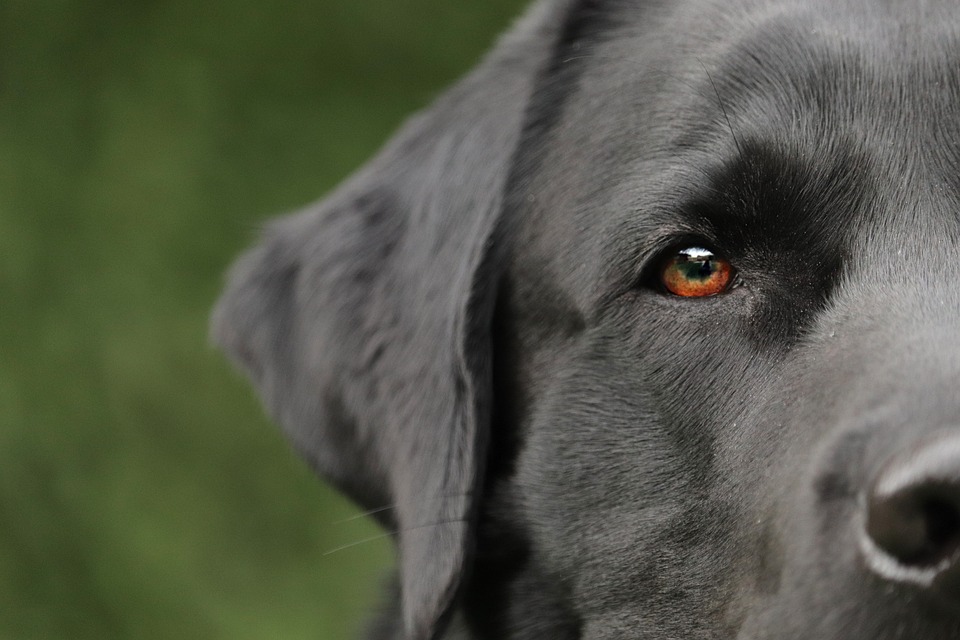Traveling with dogs can be a rewarding experience, but it requires careful planning to ensure both you and your furry friend have a great time. Here are some tips and considerations for traveling with dogs:
1. Preparation
- Health Check: Visit the vet for a check-up. Make sure your dog is up to date on vaccinations and ask about any health concerns for travel.
- Identification: Ensure your dog has a microchip and an ID tag with your contact information. A collar with tags is also helpful.
2. Choosing Accommodations
- Pet-Friendly Places: Research hotels, vacation rentals, or campsites that welcome dogs. Check their pet policies and any fees associated.
- Amenities: Look for places with pet-friendly amenities, like fenced areas or dog parks.
3. Packing Essentials
- Food and Water: Bring enough of your dog’s regular food and water for the journey. A portable water bowl is handy.
- Leash and Harness: Always have a leash and harness for safety.
- Bedding and Toys: Familiar items can help your dog feel comfortable in new surroundings.
- First Aid Kit: Include essentials like bandages, antiseptic wipes, and any medications your dog may need.
4. Traveling by Car
- Safety First: Use a dog seatbelt, travel crate, or pet barrier to keep your dog safe while driving.
- Frequent Breaks: Plan regular stops for bathroom breaks, exercise, and hydration.
- Temperature Control: Never leave your dog alone in a parked car, especially in extreme weather.
5. Traveling by Air
- Airline Policies: Check the specific airline’s pet policies regarding carriers, fees, and travel conditions.
- Comfortable Carrier: Ensure your dog has a comfortable, well-ventilated crate that meets airline standards.
- Direct Flights: If possible, book direct flights to minimize stress.
6. At Your Destination
- Establish a Routine: Try to maintain your dog’s feeding and exercise routine as much as possible.
- Explore Safely: Use a leash in unfamiliar areas and be cautious of new environments (e.g., wildlife, unfamiliar dogs).
7. During Activities
- Dog-Friendly Activities: Look for dog-friendly parks, beaches, and trails. Some restaurants have outdoor seating that welcomes pets.
- Stay Hydrated: Always have fresh water available, especially during outdoor activities.
8. Post-Travel Care
- Monitor Health: After traveling, keep an eye on your dog for any signs of stress or illness.
- Rest: Allow your dog time to relax and adjust back to their normal routine.
Traveling with your dog can strengthen your bond and create wonderful memories. Just be prepared, stay flexible, and enjoy the adventure together!

Ensuring your dog’s health and nutrition is crucial for their overall well-being and longevity. Here are some key points to consider:
Food and Nutrients:
1. Balanced Diet
- High-Quality Ingredients: Choose dog food that lists high-quality proteins (like chicken, beef, or fish) as the first ingredient. Avoid foods with fillers or artificial additives.
- Complete Nutrition: Look for foods that meet AAFCO (Association of American Feed Control Officials) standards, ensuring they provide complete and balanced nutrition for your dog’s life stage.
2. Macronutrients
- Protein: Essential for growth, maintenance, and repair of tissues. Dogs require varying amounts based on their age, breed, and activity level.
- Fats: Provide energy and support healthy skin and coat. Look for sources like fish oil or chicken fat, which also contain essential fatty acids.
- Carbohydrates: Offer energy and aid in digestion. Opt for whole grains (like brown rice or oats) and vegetables.
3. Vitamins and Minerals
- Essential Nutrients: Dogs need a range of vitamins and minerals for various bodily functions. Ensure their diet includes sources of calcium, phosphorus, vitamins A, D, E, and B-complex vitamins.
- Supplementation: Consult your vet about whether your dog might benefit from supplements, particularly if they have specific health needs.
4. Life Stage and Size Considerations
- Puppies: Require higher protein and fat levels for growth. Look for food specifically formulated for puppies.
- Adult Dogs: Should have a balanced diet based on their activity level. Some may benefit from weight management formulas.
- Senior Dogs: May need diets lower in calories but higher in fiber to maintain a healthy weight and support digestion.
5. Special Dietary Needs
- Allergies/Sensitivities: If your dog has food allergies, consider limited-ingredient diets or hypoallergenic options.
- Health Conditions: Dogs with specific health issues (like diabetes or kidney disease) may need special diets. Always consult your vet for recommendations.
6. Feeding Guidelines
- Portion Control: Follow the feeding guidelines on the dog food package but adjust based on your dog’s individual needs. Monitor weight and adjust portions accordingly.
- Regular Schedule: Feed your dog at the same times each day to create a routine, which can help with digestion and behavior.
7. Hydration
- Fresh Water: Ensure your dog has access to fresh, clean water at all times. Hydration is vital for digestion, kidney function, and overall health.
8. Regular Veterinary Check-ups
- Health Monitoring: Regular vet visits can help catch any health issues early. Discuss your dog’s diet and any changes in weight or behavior.
- Dental Health: Dental care is also crucial; consider dental chews or regular dental cleanings to prevent gum disease.
9. Exercise
- Physical Activity: Regular exercise is important for maintaining a healthy weight and overall health. It also contributes to mental stimulation and behavioral health.
10. Homemade Diets
- Consult a Vet: If considering a homemade diet, consult your veterinarian or a pet nutritionist to ensure it’s balanced and meets all nutritional needs.
By focusing on proper nutrition and regular health care, you can help your dog lead a happy, healthy life!

The history of dogs is a fascinating journey that spans thousands of years. Here’s an overview:
Important Points:
1. Domestication Origins
- Ancestors: Dogs (Canes lupus familiars) are descended from wolves. The domestication process likely began around 20,000 to 40,000 years ago, with early humans forming a mutually beneficial relationship with wolves.
- Mutual Benefits: Early humans may have provided food (scavenging on remains) while wolves offered protection and assisted in hunting.
2. Early Roles
- Hunting Companions: Early dogs were used for hunting, herding, and guarding. Different traits were favored depending on their roles.
- Cultural Significance: As societies evolved, dogs became important in various cultures, often seen as symbols of loyalty and companionship.
3. Breed Development
- Selective Breeding: Over time, humans began selectively breeding dogs for specific traits, leading to the development of distinct breeds. This process accelerated with agricultural societies, where dogs were bred for herding and guarding livestock.
- Historical Breeds: Ancient civilizations, like the Egyptians, Greeks, and Romans, had their own breeds. For example, the Basenji is one of the oldest breeds, while the Greyhound was favored for its speed.
4. Dogs in Society
- Working Dogs: Throughout history, dogs have been employed in various roles: herding sheep, pulling sleds, and serving as search and rescue animals.
- Companionship: As societies evolved, dogs also became beloved pets, providing companionship and emotional support.
5. Cultural Impact
- Art and Literature: Dogs have been depicted in art and literature across cultures, symbolizing loyalty, protection, and love.
- Religious Significance: In some cultures, dogs hold religious significance, such as in ancient Egyptian beliefs where they were associated with the goddess Anubis.
6. Modern Developments
- Breed Recognition: In the 19th century, dog shows began to formalize breed standards, leading to the establishment of kennel clubs like the American Kennel Club (AKC).
- Diversity of Roles: Today, dogs serve diverse roles beyond companionship, including therapy, service, detection, and search and rescue.
7. Contemporary Issues
- Welfare and Breeding: The rise of puppy mills and irresponsible breeding has led to concerns about the health and welfare of certain breeds.
- Adoption and Rescue: There’s a growing emphasis on adopting shelter dogs, highlighting the importance of rescuing and rehoming pets.
The bond between humans and dogs has evolved significantly over millennia, making them one of our closest companions. Their history reflects not just their adaptability but also the deep connection we share with them.



